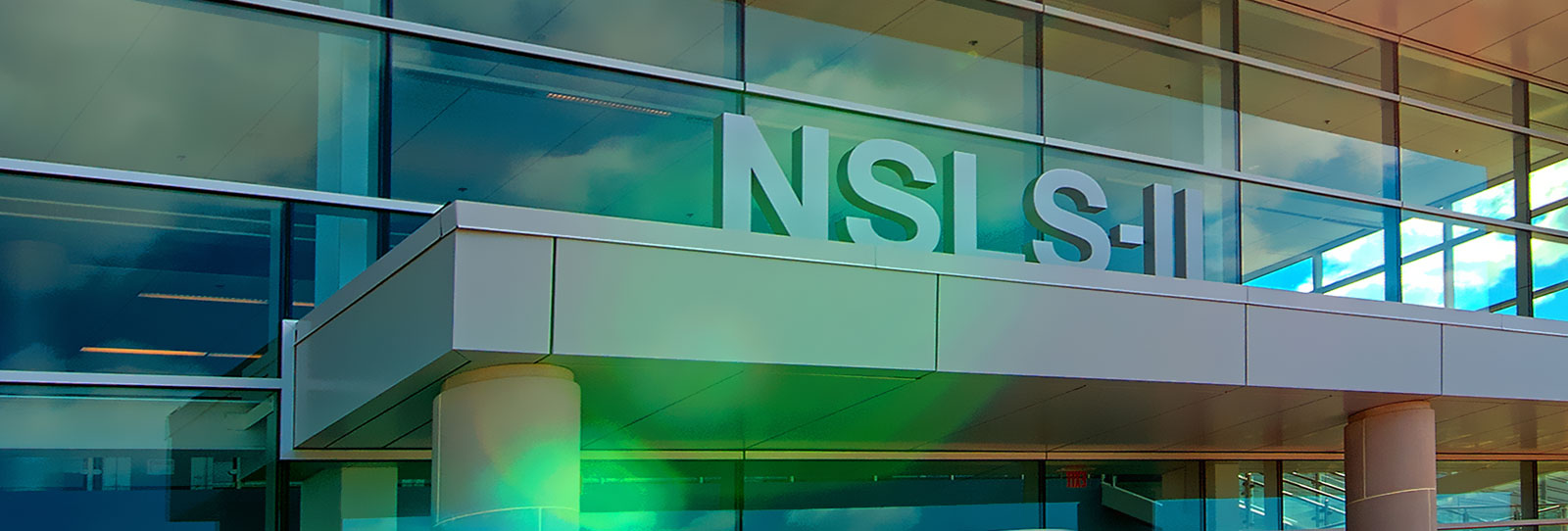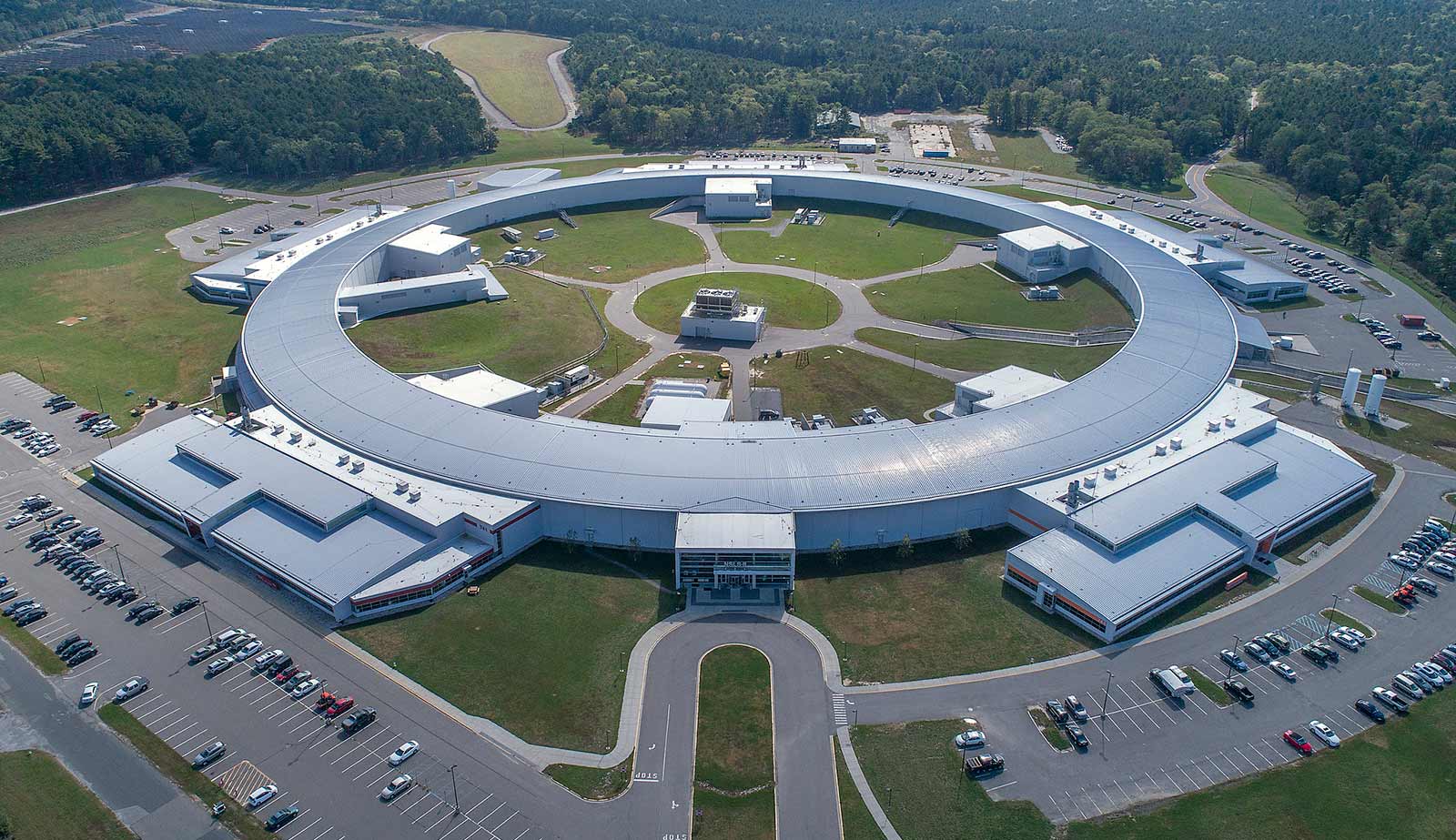
About NSLS-II
Advancing science to the next level
From batteries and microelectronics to drug design and future quantum computers, scientists advance our understanding of materials every day to solve the world's greatest challenges. However, today's problems are so complex that they require researchers to study materials with highly specialized tools that are not readily available at most institutions. Building on the legacy of discovery that began at the first National Synchrotron Light Source, the National Synchrotron Light Source II (NSLS-II) houses the necessary resources to address these challenges head-on.
As one of the newest, most advanced synchrotron light sources in the world, NSLS-II enables its growing research community to study materials with nanoscale resolution and exquisite sensitivity by providing cutting-edge capabilities. Together with visiting researchers from all around the world, interdisciplinary teams at NSLS-II uncover the atomic structure, elemental make-up, and electronic behavior of materials. By creating this new, deeper understanding of materials, these research teams advance our knowledge in a wide range of scientific disciplines such as life sciences, quantum materials, energy storage, advanced materials science, physics, chemistry, and biology.
Research
As a U.S. Department of Energy Office of Science User Facility, NSLS-II enables a collaborative, holistic approach to advance scientific endeavors by offering free access to highly advanced instruments and unique expertise.
NSLS-II creates light beams 10 billion times brighter than the sun, directing them towards specialized experimental stations called beamlines. We reveal the electronic, chemical, and atomic structure as well as function of materials using a broad spectrum of light beams, ranging from infrared to hard x-rays. Thus, we can study the chemical changes within batteries under working conditions, uncover the motion of nanomaterials in plants, and investigate the changes in the structure of 3D printed materials during printing. For more information about research areas benefitting from NSLS-II, please see the NSLS-II Research Overview.
Beyond hypothesis-driven research, we also offer special support for industrial research.

National Synchrotron Light Source II houses a half-mile long particle accelerator within its circular building, creating a courtyard large enough to contain Yankee Stadium.
Instruments
Currently, NSLS-II runs 29 beamlines that offer unique, cutting-edge research tools, including high-throughput robot-driven sample processing, high spatial resolution imaging, and high energy resolution. All beamlines at NSLS-II are organized into five photon science programs, based on the research capabilities they offer and staff expertise. More details about the research capabilities of each beamline can be found in the Beamline Directory.
Beyond the current existing portfolio of beamlines, NSLS-II has the capacity for additional 30 beamlines with four new beamlines already under development. To ensure all research tools are always cutting-edge, we have a team of experts working on advancing detectors, x-ray optics, precision engineering, and positioning, as well as on theoretical simulations.
Part of the holistic approach to research at NSLS-II is a common approach to control software for scientific instruments. All NSLS-II beamlines run the Bluesky software suite for collecting, storing, managing, and partially analyzing data. Learn more about Bluesky.
The Machine
NSLS-II creates its brilliant light beams by circulating electrons in a half-mile-long ring at nearly the speed of light. The entire NSLS-II accelerator complex encompasses everything, from the electron gun to the state-of-the-art, half-mile-long electron storage ring. NSLS-II has a dedicated team of experts that ensures the best experimental conditions for all visiting researchers.
Beyond just keeping the lights on, NSLS-II's Accelerator Division also continues to push for better performance. Their work includes upgrading the machine and investigating the complex nature of particle accelerators.
More information about the NSLS-II accelerator complex, team of experts, and research into particle accelerators can be found on the Accelerator Division website.




